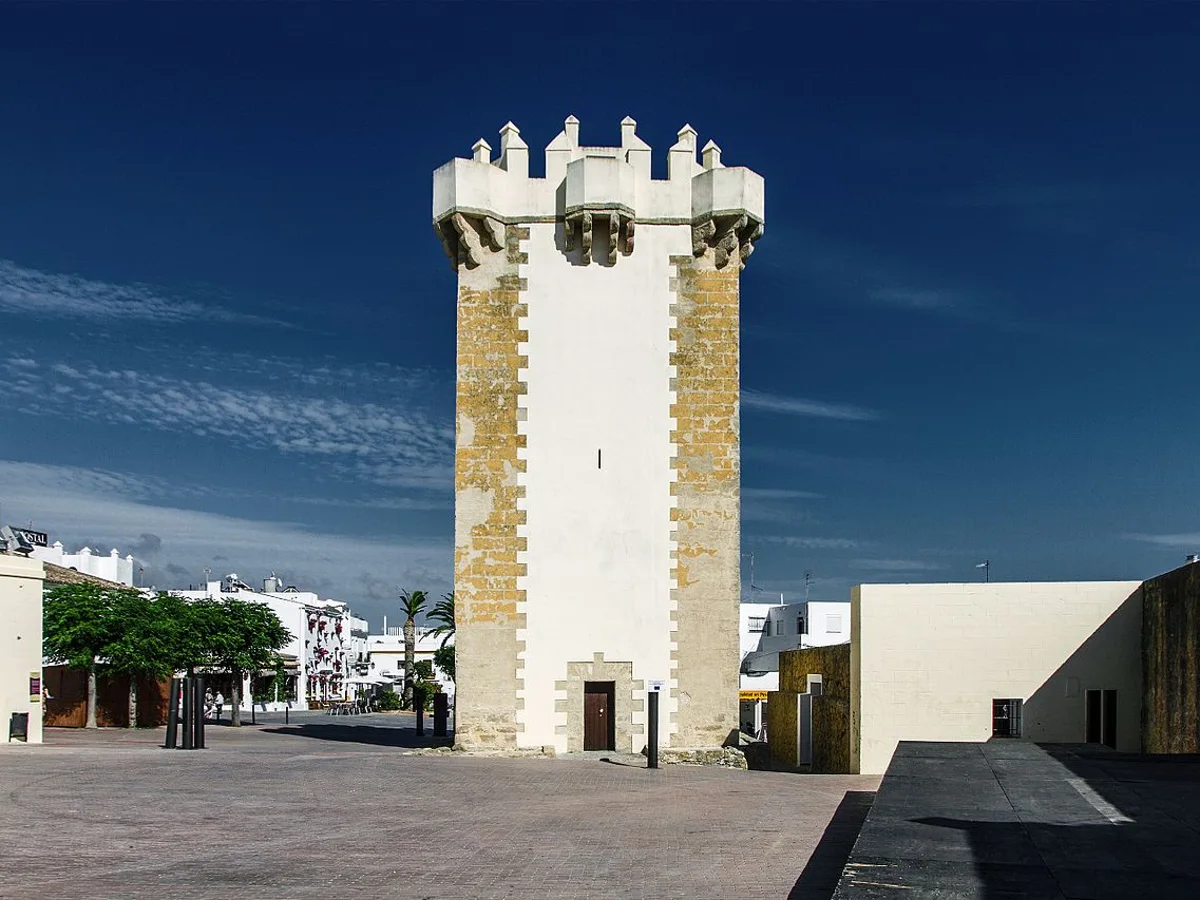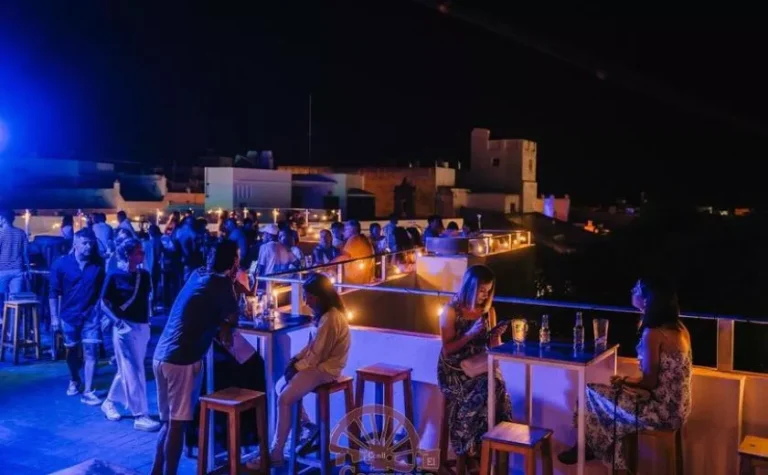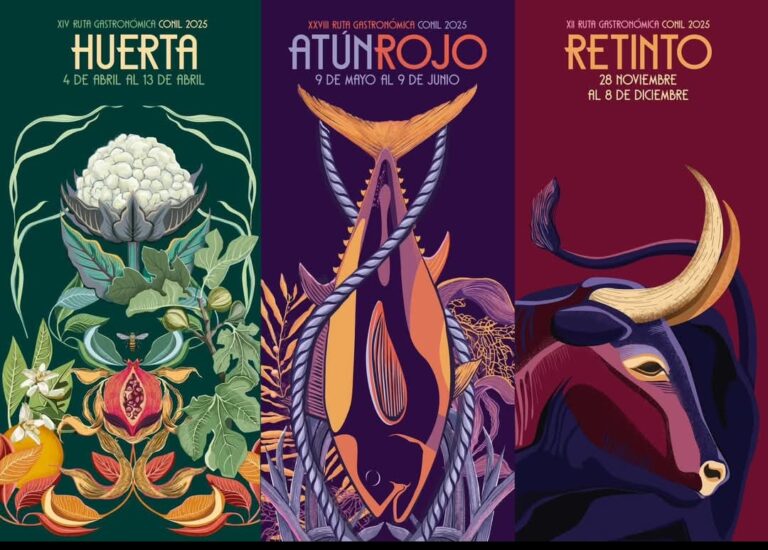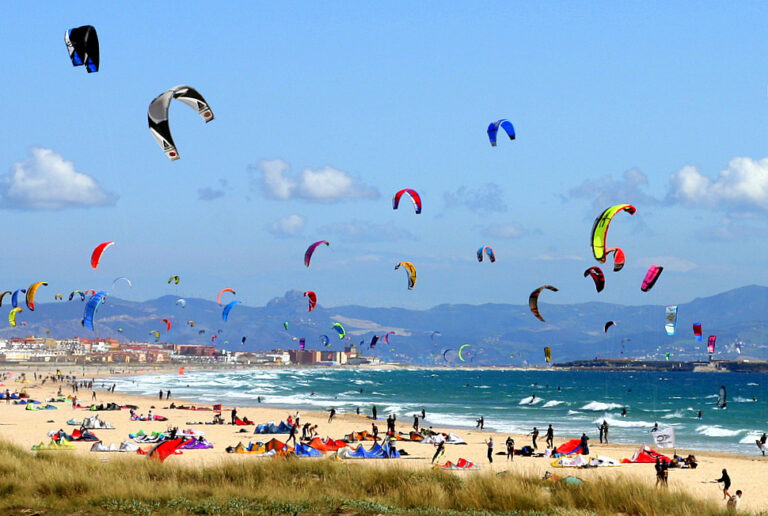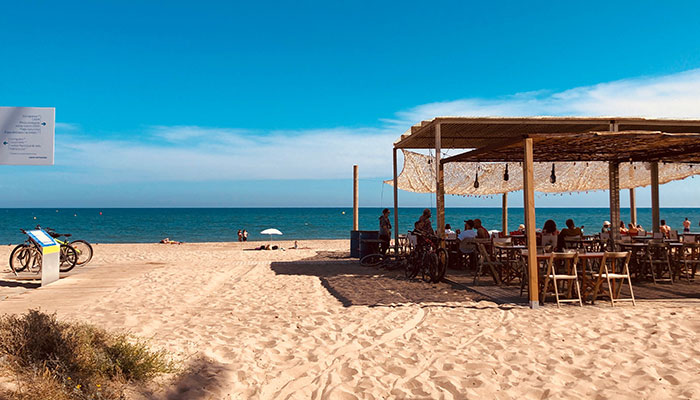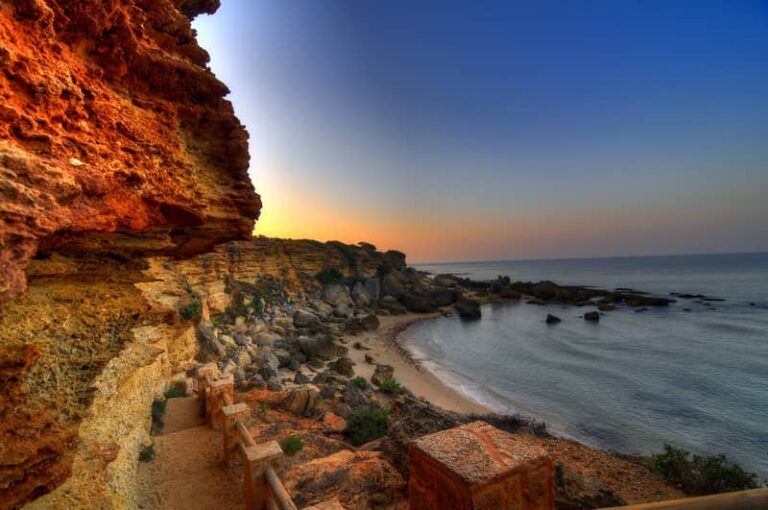Conil de la Frontera is not only a destination of stunning beaches and delicious cuisine, but also a village with a fascinating history and rich heritage that reflects its seafaring past, cultural legacy, and deep connection to the Atlantic. Ready to travel back in time?

Origins: Conil and Its Medieval Past
Origins: Conil and Its Medieval Past
Conil’s origins date back to Phoenician times, although it was the Romans who first left clear traces of its importance as a coastal settlement. Conil was part of the Via Augusta, the great Roman road that connected Hispania with Rome, and its economy was based on fishing and the salting of tuna.
Later, during the Muslim rule, the village expanded, and its urban layout began to take shape with narrow streets and whitewashed houses. In the 13th century, after the Reconquista, Conil became part of the domain of the Dukes of Medina Sidonia, who promoted the almadraba, a traditional tuna fishing method that is still practiced today.

🐟 Conil and Tuna Fishing
Tuna has been the economic engine of the village for centuries. The Dukes of Medina Sidonia introduced the almadraba, a traditional fishing system that is still used along the coast of Cádiz. This tradition has shaped not only the local economy, but also Conil’s culture and gastronomy, inspiring festivals and recipes centred around this star ingredient.
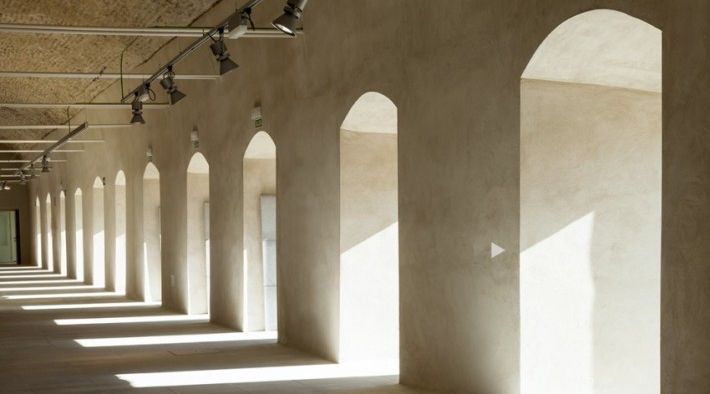
🕌 Architectural and Cultural Heritage
🕌 Architectural and Cultural Heritage
● Torre de Guzmán: A symbol of the town, this 14th-century tower was once part of a defensive castle. Today, it serves as a viewpoint offering privileged panoramic views.
● Church of Santa Catalina: Of Gothic-Mudejar origin, it has been restored and transformed into a cultural centre.
● Hermitage of the Holy Spirit: Built in the 16th century, it is a charming spot full of historical significance.
● Puerta de la Villa: The only remaining part of the old medieval wall that once protected Conil.
🌊 The Seafaring Legacy and Evolution of Conil
Until well into the 20th century, Conil relied on fishing and agriculture. However, with the rise of tourism in the 1960s and 70s, the village underwent a major transformation, becoming a popular travel destination while maintaining its authentic essence.
Today, strolling through its whitewashed streets, visiting its monuments, and enjoying its gastronomy means immersing yourself in the history of a village that has managed to preserve its identity while embracing the future.
Conclusion
Conil is much more than sun and sea: it’s a place with centuries of history, deep-rooted traditions, and a heritage worth discovering. If you visit Conil, don’t just stay by the coast—wander through its streets and let yourself be carried away by its legacy. Every corner has a story to tell!

